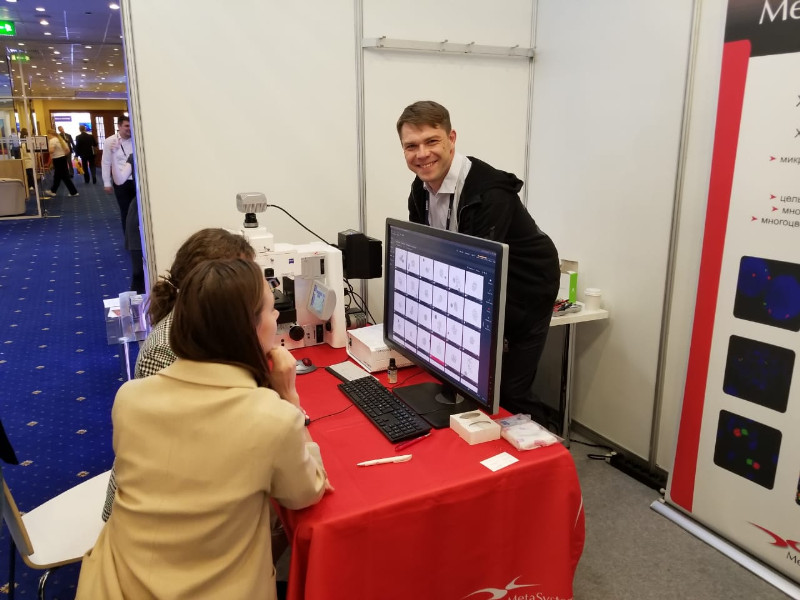About 100 guests from 36 countries met on the XVIII. MetaSystems Distributor Meeting (DM) in November to exchange experiences and to get to know new trends and developments at MetaSystems.
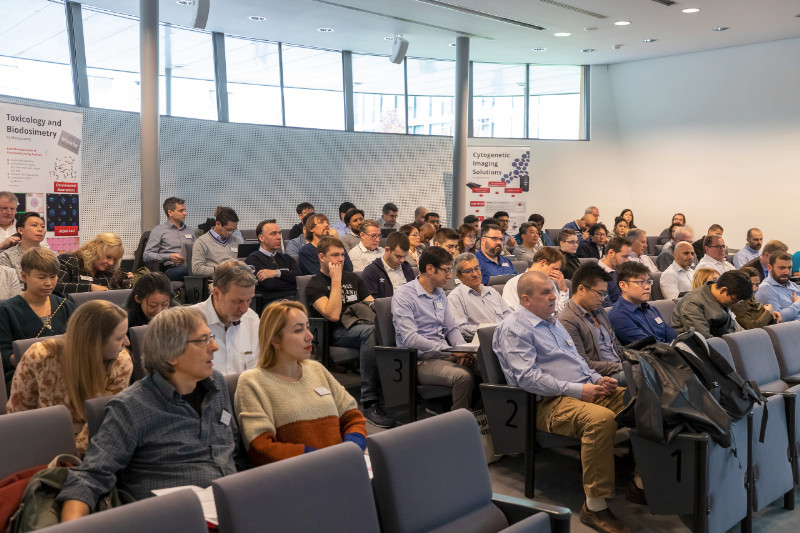
Our internet site may contain information that is not approved in all countries or regions. To ensure accuracy of content, please select your country/region of residence. Choose International if your country is not listed.
This information will be saved using cookies. To find out more about cookies, read our Privacy Policy.
Please select your country of residence. Choose International if your country is not listed.
Our internet site may contain information that is not approved in all countries or regions. To ensure accuracy of content, it is required that you select the site which is appropriate for your country of residence.
Based on your previous selection, you have been forwarded to the website for International.
MetaSystems Probes has already certified a large part of its portfolio, according to IVDR. For organizational reasons, we currently provide only the IVDD product.
Discover all IVDR-certified products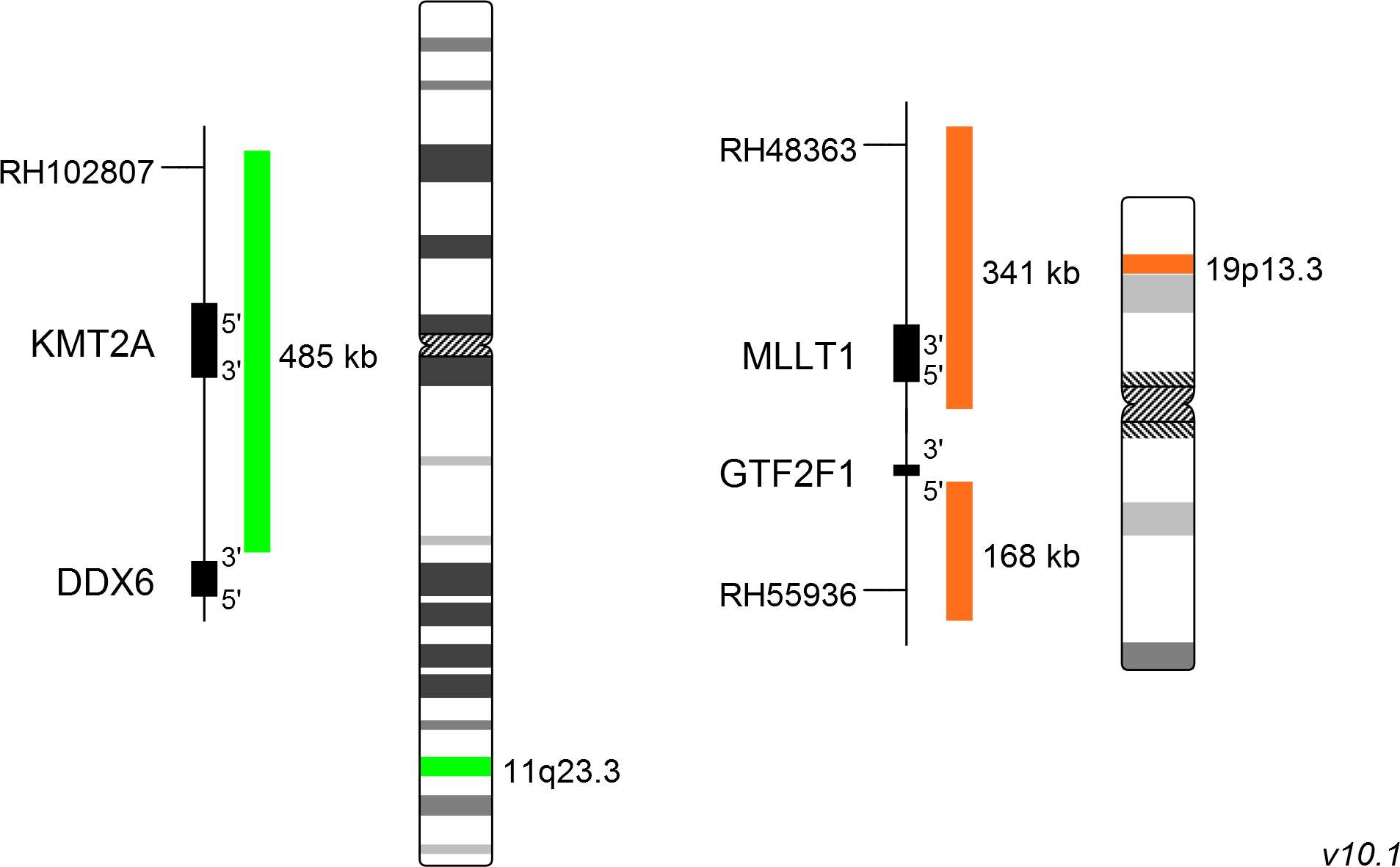
XL t(11;19) KMT2A/MLLT1 DF consists of a green-labeled probe hybridizing to the KMT2A gene region at 11q23.3 and an orange-labeled probe hybridizing to the MLLT1 gene region at 19p13.3.
Probe maps are created in accordance with the intended purpose of the product. Solid colored bars do not necessarily indicate that the probe fully covers the indicated genomic region. Therefore, caution is advised when interpreting results generated through off-label use. Probe map details based on UCSC Genome Browser GRCh37/hg19. Map components not to scale. Further information is available on request.
Chromosomal rearrangements of the KMT2A (lysine methyltransferase 2A) gene, formerly MLL (mixed lineage leukemia), are associated with various hematological disorders. Most patients suffer from acute myeloid leukemia (AML) or acute lymphoblastic leukemia (ALL), while only a minority develops mixed lineage leukemia (MLL). Several chromosomal aberrations involving the KMT2A gene have been identified. However, the majority of leukemias result from translocations leading to KMT2A fusions. More than 90 KMT2A translocation partner genes fused to the 5´- KMT2A portion have been identified. The most common translocation partners in KMT2A associated leukemia are AFF1, MLLT3, MLLT1, MLLT10, ELL and AFDN, described here in the order of their frequency. MLLT1 (MLLT1 super elongation complex subunit), originally designated as ENL, is one of the most common KMT2A fusion partners. KMT2A-MLLT1 fusions result from translocations of the type t(11;19)(q23;p13.3). Most patients carrying a KMT2A-MLLT1 fusion have breakpoints in intron 11 of the KMT2A gene. KMT2A-MLLT1 fusions are prevalent in both AML and ALL. Multiple KMT2A translocation partner genes, including MLLT1, are organized within the DOT1L transcriptional complex. AFF1 serves as DOT1L complex docking platform for MLLT1 and MLLT3, while MLLT10 directly mediates this interaction. More precisely, the MLLT1 protein has been shown to interact with AFF1 via its C-terminus. Due to the close interaction of these KMT2A fusion partners with DOT1L, DOT1L inhibitors are considered as promising candidates for treatment of such leukemia cases.

Normal Cell:
Two green (2G) and two orange (2O) signals.
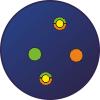
Aberrant Cell (typical result):
One green (1G), one orange (1O), and two green-orange colocalization/fusion signals (2GO) resulting from a reciprocal translocation between the respective loci.
Certificate of Analysis (CoA)
or go to CoA DatabaseNeon, the outstanding MetaSystems case and image management system, offers many tools and helpful gadgets to streamline routine workflows, for example in cytogenetics labs. The second MetaSystems User Day, addressed to MetaSystems clients from Germany, Austria, and Switzerland, provided in different workshops knowledge helping to unleash the full power of the system.
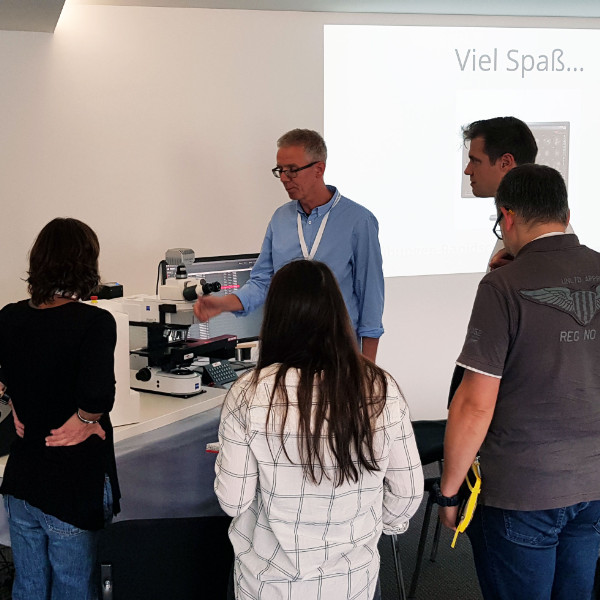
The Congress 'Genetics of XXI Century' in Moscow, Russia (May 2019) has been one of the most important events for the professional international community of geneticists. Our partner company in Russia OOO MetaSystems considered it a good occasion to present the new camera CoolCube 4 connected to a state-of-the-art Neon system to the public.
